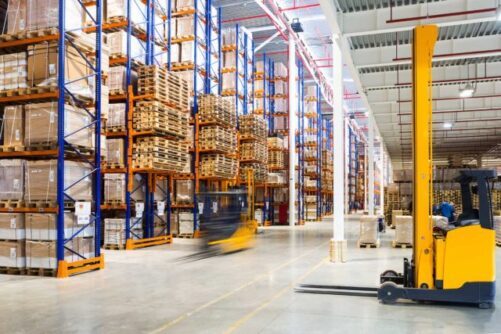DEPRECIATED REPRODUCTION COST: ASSESSING THE VALUE OF ASSETS OVER TIME
Introduction
In the field of finance and accounting, accurately determining the value of assets is crucial for various purposes such as financial reporting, insurance claims, and investment decision-making. One commonly used method for assessing the value of assets is the Depreciated Reproduction Cost (DRC) approach. This article explores the concept of DRC and its significance in evaluating the worth of assets over time.
Understanding Depreciated Reproduction Cost (DRC)
Depreciated Reproduction Cost refers to the estimated cost of reproducing or replacing an asset with a new one of similar quality and functionality, adjusted for its accumulated depreciation. It takes into account the original cost of the asset, any subsequent improvements made to it, and the depreciation incurred over its useful life.
Importance of Depreciated Reproduction Cost
- Financial Reporting: Depreciated Reproduction Cost is frequently used for financial reporting purposes, particularly in industries where assets play a significant role. Companies need to accurately assess the value of their assets to determine their net worth, calculate depreciation expenses, and report fair values in their financial statements.
- Insurance Claims: In the event of loss or damage to assets, insurance companies rely on DRC to determine the compensation amount. By considering the depreciated value of the asset, insurers ensure that policyholders are adequately reimbursed for their loss without overpaying for an asset’s replacement.
- Investment Decision-Making: Investors and analysts use DRC to assess the value of assets when making investment decisions. By comparing the DRC of an asset with its market value or asking price, investors can identify potential opportunities for undervalued assets or overpriced investments.
Calculating Depreciated Reproduction Cost
The calculation of DRC involves several key factors:
- Original Cost: The initial purchase price of the asset is a crucial starting point. It includes the acquisition cost, transportation fees, installation expenses, and any other directly attributable costs.
- Improvements and Upgrades: If any improvements or upgrades have been made to the asset during its useful life, their cost should be added to the original cost. These enhancements contribute to the asset’s current value.
- Depreciation: Depreciation represents the reduction in an asset’s value over time due to factors such as wear and tear, obsolescence, and aging. Different depreciation methods, such as straight-line or accelerated, can be used to estimate the accumulated depreciation.
- Useful Life: The estimated useful life of the asset is a critical parameter in the DRC calculation. It determines the duration over which the depreciation is spread, affecting the rate at which the asset’s value is reduced.
Conclusion
Depreciated Reproduction Cost is a valuable tool for assessing the value of assets over time. By considering both the original cost and the accumulated depreciation, DRC provides a comprehensive perspective on an asset’s worth. Whether for financial reporting, insurance claims, or investment decision-making, accurately estimating the depreciated value of assets is crucial. By utilizing the DRC approach, individuals and organizations can make informed decisions regarding their assets and ensure they are adequately protected and accounted for in various scenarios


